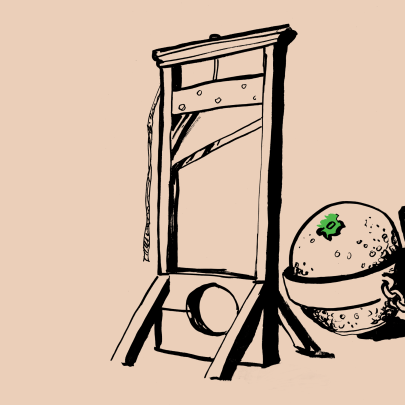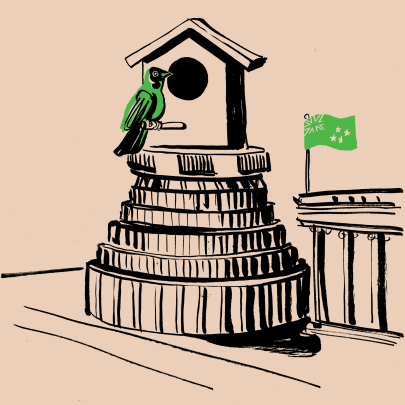Jul 20, 2016 Politics
The judge is David Kirkpatrick, chair of the panel that has been considering the fate of the Auckland Unitary Plan (UP) – the planning rules that will govern what can be built where. The USB stick will contain 60 reports, totalling over 1000 pages, explaining what the panel has decided about all those rules, along with a new, fresh and nearly final version of the plan itself, complete with detailed maps.
It’s momentous because of what will happen next. The council will have a mere 28 days in which to adopt the plan or amend it. Any changes the council wants must involve comprehensive replacements for whatever is taken out. It’s all got to be finished by August 19.
Because of competing political objectives, the task is almost impossible, and yet the law requires it to be done.
Because of competing political objectives, the task is almost impossible, and yet the law requires it to be done.
We’re near the end of an extraordinary process. The council held 249 public meetings and received 21,210 pieces of written feedback on its draft UP, and a further 14,394 submissions on what became the Proposed Auckland Unitary Plan. Over the last two years Kirkpatrick’s panel, which is independent of council, has received over 10,000 more pieces of evidence and held 249 days of hearings.
The stakes are enormous and the process fraught with difficulty. The government has made it clear it will legislate if it is not happy with the outcome. There is a council election in just two months’ time. And the whole process, including the timetable, is prescribed by law: there are very clear rules about what the council can and cannot do.
In making its decision on the new UP, the council has to meet at least five major goals:
- The planning regime must provide for many more homes to be built quickly. Land zoning and building regulations need reform so they are up to the task.
- That reform cannot be allowed to undermine Auckland’s longer-term goals. The dream of creating a more economically efficient, environmentally sustainable, people-friendly compact city remains, and progress on housing must be folded into it. Making Auckland a far more “liveable” city, with viable modern transport options, development that goes up as well as out, a city centre that people are drawn to and many other centres that also hum with life, remains tremendously important.
- The Unitary Plan must be acceptable to the government, or the government will legislate to make it so. That would be disastrous on two fronts. First, such legislation would almost certainly compromise the goals of the liveable city. There would be too much urban sprawl, too much reliance on private cars, too little attention to environmental values and building aesthetics. Second, legislation would undermine the role and authority of Auckland Council itself. The super-city should not be ruled from Wellington.
- The Unitary Plan must be acceptable to voters. It’s quite possible the election will be fought between those who share the broad vision of the UP and Nimbys who want to shut it down. Is that too crude? Let’s hope so. But it’s clear the council must adopt a plan that is robust enough in its vision, flexible enough in its processes and respectful enough of local sentiment, to avoid a wholesale rejection at the ballot box.
- The UP will contain a myriad of objectives unrelated to the big questions of density and transport. Water and sewage, tech infrastructure, building standards, all manner of land uses especially in the outer regions of the city… few have been in the news lately, but they remain vitally important to citizens and communities all over Auckland.
David Kirkpatrick will give that USB stick to Stephen Town on Friday. Council officials will take the next few days to decipher what the panel has decided, and will report to councillors and local board chairs on Wednesday, July 27. The documents will be made public that day as well. And then the pushing and shoving starts.
Are we going to be good at this? Deciding a good future for ourselves? Or will we be at the mercy of destructive forces: election candidates who choose fear-mongering over facts; fury in some suburbs and apathy in others; central politicians pushing their own agendas; confusion at the complexity of the whole process…
We – the politicians and the voting public – will need to be the best of ourselves to get this done. Are we up to it?
Illustration by Gary Venn.





